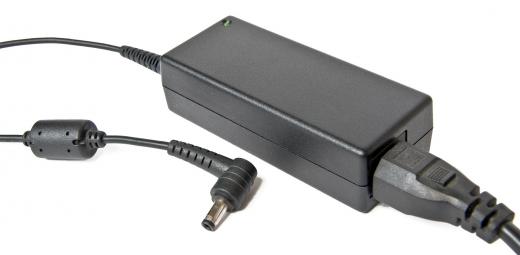Low voltage refers to electrical power supplies that produce relatively low power levels. For example, main power distribution lines are considered high voltage, while low voltage systems include things like lighting or doorbell chimes. These systems use special transformers to reduce the main power supply down to a lower voltage. All of these systems pose a greatly reduced risk of injury or death than traditional, or high voltage, systems.
Each country uses its own set of standards to define electrical power levels. Both international and British standards consider an alternating current below 50 volts, or direct current below 120 volts to be low voltage. The United States (US) does not have a specific standard for voltage being low, but defines high voltage as any power source greater than 600 volts. For comparison sake, a standard household electrical outlet supplies 120 volts in the US.

All high voltage systems are extremely dangerous, and pose significant risk of both electrical shock and electric arcing. Low voltage systems pose some risk of shock, but little to no risk of electric arcing. Ultra-low voltage poses little risk of either shock or arcing, making it the safest of all power supply types.
The primary advantage associated with low voltage wiring is that it is much safer than traditional wiring techniques. For example, running low voltage landscaping lights in the back yard poses much less risk of injury or death than running standard power lines in the walls of a house. The increased safety of these systems also means that installation standards are less strict. This eliminates the need for burying lines or using expensive conduits in many applications.
For the average user, lower voltage systems are also much easier to install. They can be modified with relative ease at a later date, and offer users much more control over basic home power systems. Modern LED or halogen lights are designed to work with lower voltage transformers, as are most door security and hardware systems.
One of the major drawbacks to lower voltage is that fixtures must be installed close to the power source or transformer. The length of wire runs are relatively limited, though this will have little effect on most everyday applications of this technology. Low voltage must be used with small electrical systems only, and may not be appropriate for commercial or large-scale electrical projects. Some people criticize that this type of wiring also offers less durability over time due to a lack of conduits and other protective devices.
